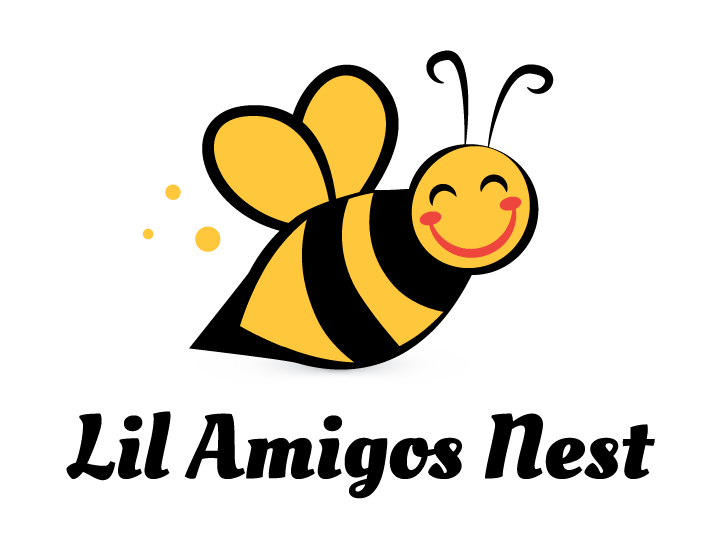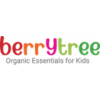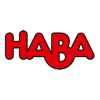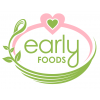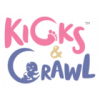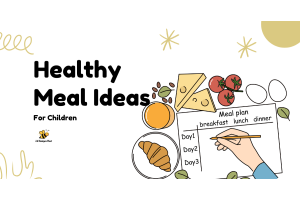Healthy and Unhealthy Food Chart: Your Ultimate Guide to Balanced Eating

When you’re building a healthy and unhealthy food chart, it’s vital to know exactly which foods help you thrive and which ones can hold you back. A good food chart is more than a list—it’s a roadmap to better health. In this guide, we’ll walk you through a clear healthy unhealthy food chart, a detailed healthy food chart, a practical diabetic food chart, and even a combined healthy and junk food chart so you can make decisions with confidence.
Whether you’re planning meals for weight management, blood sugar control, or simply improving your overall well-being, this blog will equip you with the knowledge and tools you need. Let’s dive into the world of foods that fuel you and foods that frustrate you.
Table of Contents
Introduction to Food Charts
Everyone wants a simple way to see “what to eat” and “what to avoid.” A structured food chart does exactly that. By laying out healthy versus unhealthy choices side by side, you save time and reduce confusion. You get clear visuals on what to fill your plate with—and what to keep off it.
In this blog, we not only lay out the best foods to include in your day but also show you the common pitfalls—so you can steer clear of them. Our healthy and junk food chart shows you that occasional treats can fit in a balanced diet when chosen wisely.
Why Use a Healthy and Unhealthy Food Chart?
-
Clarity: A chart gives instant answers. No guesswork.
-
Accountability: You know exactly which foods to pick.
-
Motivation: Seeing your options mapped out keeps you on track.
-
Customization: Adapt it for weight loss, muscle gain, or blood sugar control.
-
Consistency: When you have a plan, you stick to it.
Comprehensive Food Chart Table
| Category | Healthy Foods | Unhealthy Foods |
|---|---|---|
| Fruits & Vegetables | Berries, apples, oranges, leafy greens, broccoli, carrots | Canned fruits in syrup, fried veggies, sugary juices |
| Whole Grains | Brown rice, quinoa, oats, whole-wheat bread, barley | White rice, white bread, refined cereals |
| Proteins | Lean chicken, turkey, fish, beans, lentils, tofu | Processed meats (sausage, bacon), fried chicken |
| Dairy & Alternatives | Low-fat yogurt, skim milk, fortified plant milks | Full-fat cheese, cream, sweetened dairy drinks |
| Fats & Oils | Olive oil, avocado, nuts, seeds | Trans fats (margarine), deep-fried oils |
| Snacks & Sweets | Air-popped popcorn, dark chocolate (70%+), fruit slices | Candy bars, potato chips, pastries |
| Beverages | Water, herbal tea, black coffee | Soda, energy drinks, sweetened tea |
Understanding the Healthy Food Chart
-
Fruits & Vegetables: Rich in vitamins, minerals, and fiber. They stabilize blood sugar and support digestion.
-
Whole Grains: Provide sustained energy and help control cholesterol.
-
Lean Proteins: Essential for muscle repair, immune support, and long-lasting fullness.
-
Low-Fat Dairy & Alternatives: Supply calcium and protein with fewer calories.
-
Healthy Fats: Support brain health, hormone balance, and nutrient absorption.
-
Smart Snacks: Keep you energized between meals while controlling cravings.
-
Hydration: Water and unsweetened beverages boost metabolism and clear toxins.
Risks of the Unhealthy Food Chart
-
Added Sugars: Excess sugar leads to weight gain, insulin spikes, and inflammation.
-
Refined Grains: Rapidly raise blood sugar; lack of fiber leads to fatigue.
-
Processed Meats: Linked to heart disease and certain cancers.
-
Trans Fats & Excessive Saturated Fats: Increase bad cholesterol; strain the heart.
-
Empty Calories in Snacks: High in calories, low in nutrients—derail weight management.
-
Sugary Drinks: Liquid calories are easy to overconsume and have little satiety.
Special Focus: Diabetic Food Chart
For people with diabetes, every bite counts. A diabetic food chart emphasizes:
-
Low Glycemic Index (GI) Choices: Oats, legumes, non-starchy vegetables.
-
Balanced Macronutrients: Combine protein, healthy fats, and fiber with every meal.
-
Controlled Carbohydrates: Spread carbs evenly throughout the day.
-
No Sugary Drinks: Swap soda for water or herbal tea.
| Meal | Good for Diabetes | To Limit/Avoid |
|---|---|---|
| Breakfast | Oatmeal with berries; scrambled egg whites | Sweetened cereal; white toast |
| Lunch | Grilled chicken salad with olive oil dressing | Fried sandwiches; creamy soups |
| Snack | Greek yogurt; handful of almonds | Flavored yogurt; glazed nuts |
| Dinner | Baked fish, steamed veggies, quinoa | Pasta with cream sauce; garlic bread |
| Drink | Water; unsweetened tea | Soda; sweetened coffees |
Healthy and Junk Food Chart: Finding Balance
You don’t have to eliminate all treats. A smart, healthy and junk food chart lets you:
-
Plan Treat Days: Enjoy a small portion of your favorite junk food once or twice a week.
-
Mix and Match: Pair a less healthy treat with a nutrient-dense food. (e.g., popcorn with dark chocolate drizzle).
-
Portion Control: Measure servings to satisfy cravings without overdoing it.
-
Mindful Eating: Savor each bite slowly to increase satisfaction.
Tips for Using Your Food Chart Daily
-
Print and Display: Keep the chart on your fridge or workspace.
-
Meal Prep: Plan your week’s meals around healthy chart items.
-
Grocery List: Shop only for chart-approved foods.
-
Snack Box: Pre-portion healthy snacks for grab-and-go.
-
Track & Adjust: Note which foods energize you and which drag you down.
-
Stay Flexible: It’s OK to swap items based on availability and preference.
Meal Planning with the Chart
-
Breakfast Idea: Smoothie bowl with spinach, banana, and chia seeds.
-
Lunch Idea: Quinoa salad with chickpeas, cherry tomatoes, and feta.
-
Afternoon Snack: Apple slices with almond butter.
-
Dinner Idea: Grilled salmon, brown rice, and steamed broccoli.
-
Dessert Treat: A small square of dark chocolate with fresh berries.
Use the chart to mix and match proteins, grains, and veggies. Over time, you’ll build a repertoire of go-to meals that keep you full, fueled, and fit.
Conclusion
A well-designed healthy and unhealthy food chart is your best ally for smart eating. From the everyday healthy food chart staples to the specialized diabetic food chart, and even the balanced healthy and junk food chart, you now have a roadmap to guide every meal and snack. Use the chart, stay consistent, and you’ll see energy, mood, and overall health improvements.
Take charge of your plate today: Print this chart, plan your meals, and watch how simple changes lead to big results. Your body and mind will thank you!
